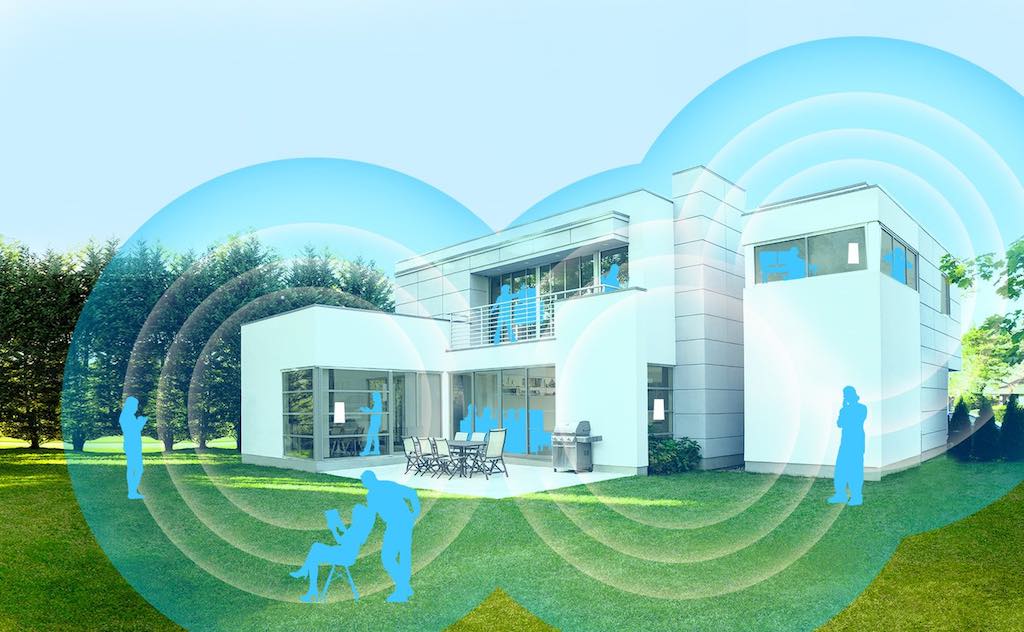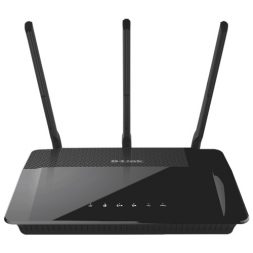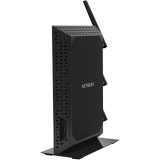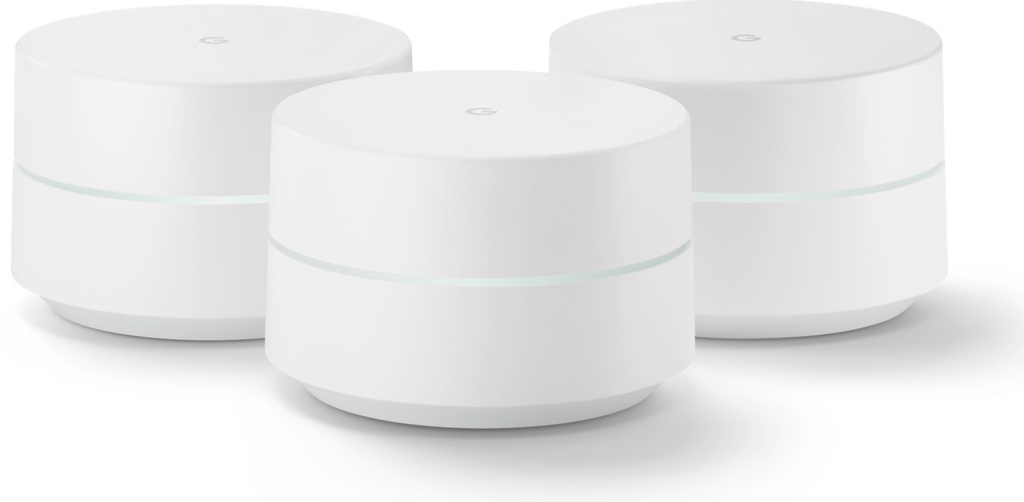
Your Wi-Fi network has quickly evolved into one of the most important parts of your household, hasn’t it? We’re pretty reliant on the internet, and when it’s not working well, you and I both know there’s going to be some house-wide frustration bubbling up. I mean, we’ve all been there, happily surfing away, or watching the latest viral video on YouTube when suddenly your streaming starts buffering, or it takes a virtual eternity to load the next page of a website. If this happens to you frequently, then chances are your home Wi-Fi network needs some tweaking or upgrading.
This becomes especially prevalent, too, as we add more connected devices to our households to create “smart homes,” and start taxing our old Wi-Fi routers. Admittedly, it can indeed be daunting to try to figure out what’s going on with your spotty connection, but don’t worry, I’m here to help you figure out if you need a new Wi-Fi network for your smart home.
Why You Need Total Wi-Fi Coverage for a Smart Home
To make the most of today’s technology, it pretty much goes without saying that you need to have solid, total internet coverage for your entire home. But there, I said it anyway. However, more than just having to cover every nook and cranny of your castle with a reliable Wi-Fi signal, you’ll also likely need to cover some of the outside perimeter, as well.
 That’s because in addition to all the laptops, smartphones, Playstations and Apple TV boxes connecting to your home network, many households also have outdoor internet-connected cameras, security sensors, lights or door locks as part of their overall smart home setup. So, you need a powerful Wi-Fi signal to reach everywhere you have connected devices.
That’s because in addition to all the laptops, smartphones, Playstations and Apple TV boxes connecting to your home network, many households also have outdoor internet-connected cameras, security sensors, lights or door locks as part of their overall smart home setup. So, you need a powerful Wi-Fi signal to reach everywhere you have connected devices.
Unfortunately, as the number of devices connecting to your home network increases, it becomes increasingly difficult for the network to function well. The aforementioned video buffering problems, long loading times, devices dropping offline and Wi-Fi signals that don’t reach their intended areas are all symptoms of a problem.
The Three Signs Your Wi-Fi Needs an Upgrade
So, let’s look at the major signs that your home network is not doing its job properly, and it’s time to consider that upgrade.
Web Pages Load Slowly
As I’ve covered above, one of the first signs that your Wi-Fi network is in trouble is if you’re having problems loading pages, or videos, especially when other people are using the network as well. Having lots of devices connected to a network taxes it, with everything competing for bandwidth. Older routers or networks just can’t handle all that traffic.
Spotty Wi-Fi Signal
Wi-Fi signal strength is typically related to distance from the router. However, sometimes physical obstructions like glass doors, walls, and structural beams can cause spotty signal strength independent of how far your device is from the router. If you should be getting full bars, but aren’t … it’s time for an upgrade.
Lose Internet Outside
You know how it is. You step outside and suddenly your Wi-Fi signal drops. What does that mean for your outdoor smart security camera or door locks? Could you get locked out of your home because of shoddy signal strength? More than that, if you want a smart home today, you need a strong, reliable signal that lets you stream Netflix out on the patio. If you can’t catch up on the latest episode of your favourite show outside, it’s time for an upgrade.
Three Wi-Fi Upgrade Solutions
We’ve looked at the problems with your home network, so now let’s look at what you can do to fix them.
New Router
It’s the most obvious solution, but replacing your old router with something snazzy and new can go a long way toward fixing your internet issues. A solid dual-band wireless router will allow you to choose which devices use 2.4 GHz and which use the faster 5 GHz band. And if you’re a gamer, you’ll definitely want something made to eek out every last bit of bandwidth for your fragging pleasure. Some people I know have also purchased a second router, and installed it closer to their backyards, operating it as a wireless access point (AP) to get better coverage for their outdoor spaces.
Wi-Fi Booster/Extender
 To help your Wi-Fi signal reach every part of your house, there are boosters or extenders available that you can add to your existing network to add juice to the signal. And, something like the NETGEAR Nighthawk AC1900 Wi-Fi Range Extender not only boosts your Wi-Fi range, but also its speed. So, if you have a few dead spots in your home, but otherwise your Wi-Fi signal is A-OK everywhere else, then maybe a booster/extender is just what you need.
To help your Wi-Fi signal reach every part of your house, there are boosters or extenders available that you can add to your existing network to add juice to the signal. And, something like the NETGEAR Nighthawk AC1900 Wi-Fi Range Extender not only boosts your Wi-Fi range, but also its speed. So, if you have a few dead spots in your home, but otherwise your Wi-Fi signal is A-OK everywhere else, then maybe a booster/extender is just what you need.
Mesh Wi-Fi System
 For bigger, sprawling homes (or just simple ease-of-use), more and more people are turning to mesh Wi-Fi systems. Mesh Wi-Fi systems consist of two or more router-like devices that work together to basically blanket your house in a solid Wi-Fi signal. It is like a system of multiple Wi-Fi extenders, but that’s much easier to set up—and doesn’t require multiple network names or any of the other quirks you get with some extenders. Another difference is that mesh Wi-Fi systems like the Google Wifi AC1200 Whole Home Mesh Wi-Fi System are meant to replace your current router, rather than work alongside it. So while Wi-Fi extenders just boost your main router’s Wi-Fi signal, mesh Wi-Fi systems actually create a whole new Wi-Fi network, separate from your current router’s Wi-Fi. You can read more about the advantages of whole home mesh Wi-Fi systems in this post from Plug-In’s Ted Kritsonis.
For bigger, sprawling homes (or just simple ease-of-use), more and more people are turning to mesh Wi-Fi systems. Mesh Wi-Fi systems consist of two or more router-like devices that work together to basically blanket your house in a solid Wi-Fi signal. It is like a system of multiple Wi-Fi extenders, but that’s much easier to set up—and doesn’t require multiple network names or any of the other quirks you get with some extenders. Another difference is that mesh Wi-Fi systems like the Google Wifi AC1200 Whole Home Mesh Wi-Fi System are meant to replace your current router, rather than work alongside it. So while Wi-Fi extenders just boost your main router’s Wi-Fi signal, mesh Wi-Fi systems actually create a whole new Wi-Fi network, separate from your current router’s Wi-Fi. You can read more about the advantages of whole home mesh Wi-Fi systems in this post from Plug-In’s Ted Kritsonis.
So, how is the Wi-Fi signal in your home? What solutions have you come up with? Let me know in the comment section below. And in the meantime, if you have any doubts about your home’s Wi-Fi capabilities, be sure to check out the huge selection of routers and networking accessories at Best Buy.



